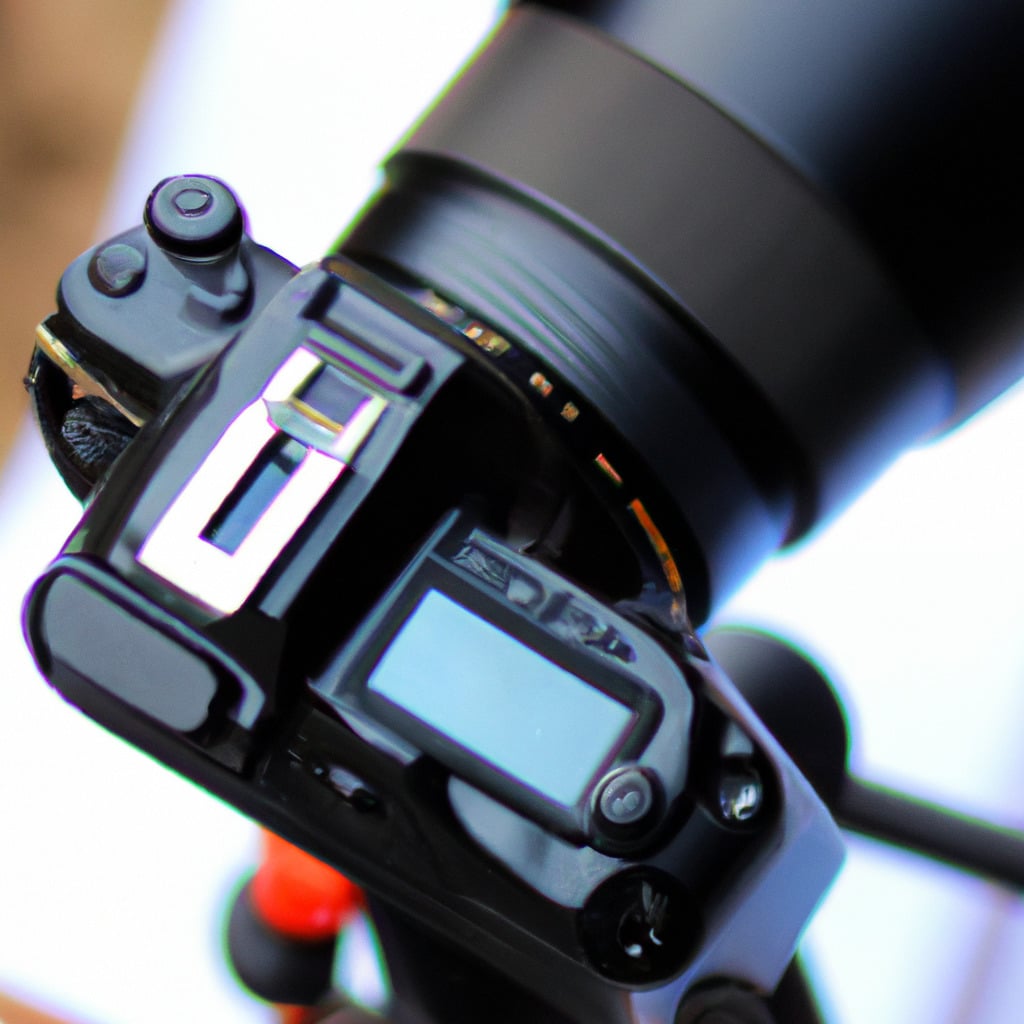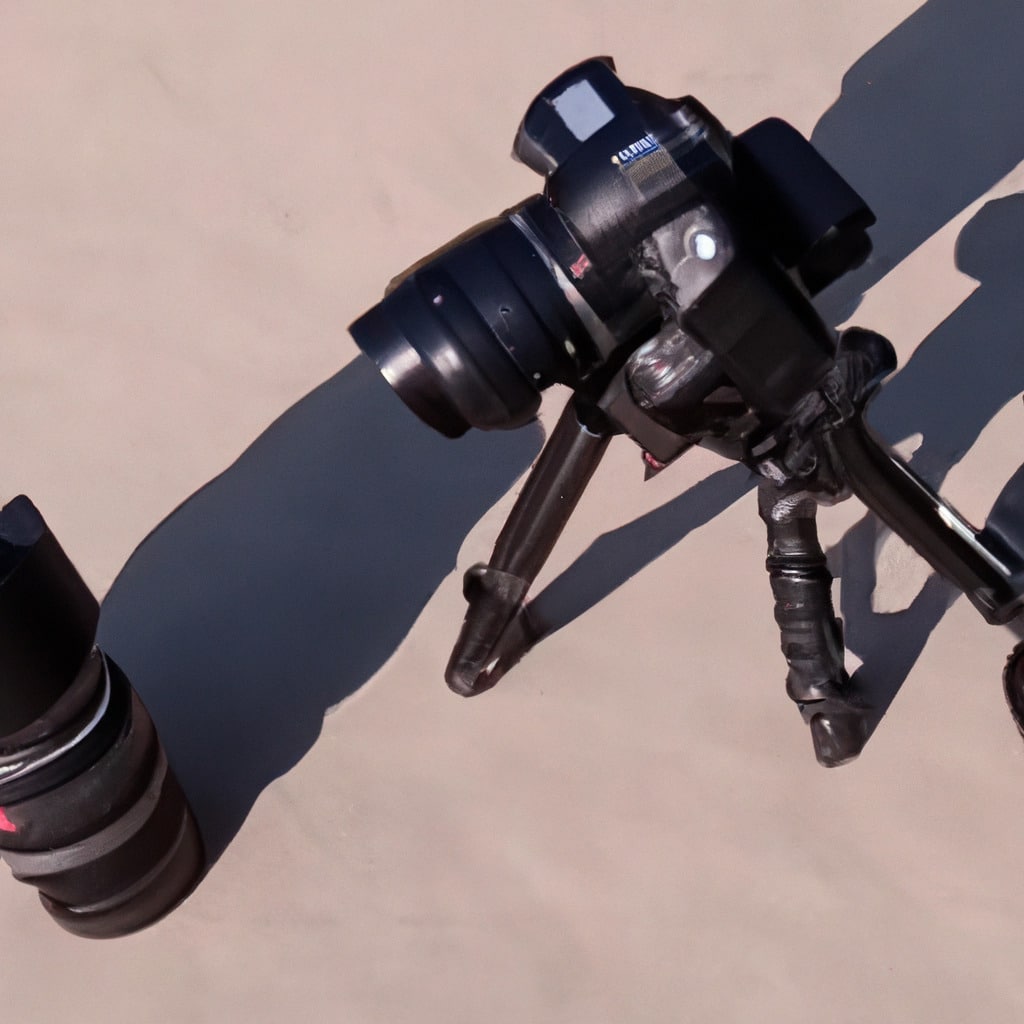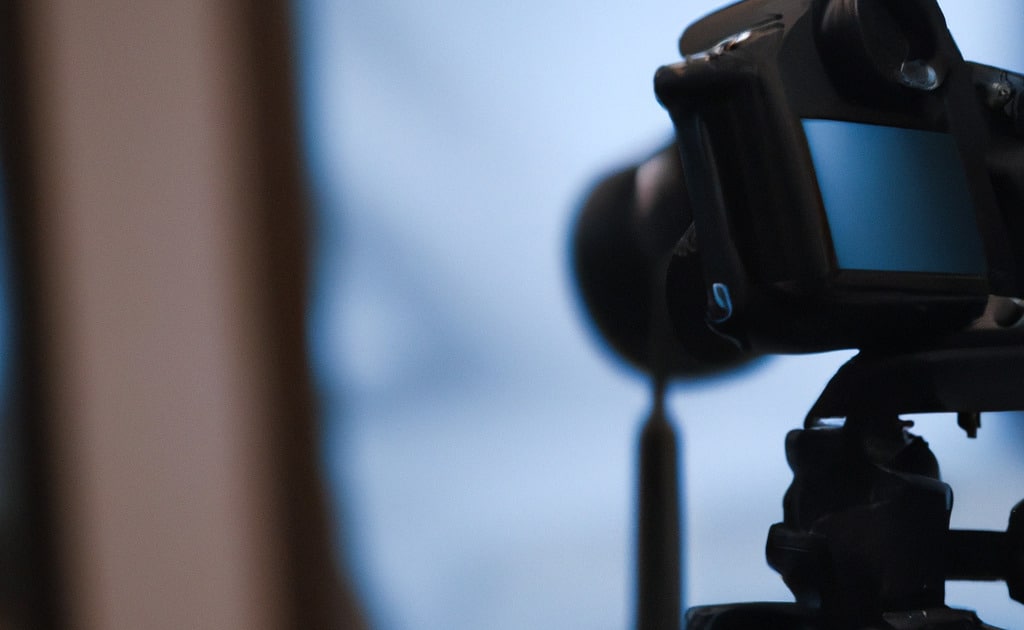Are you tired of blurry and shaky photos?
Do you want to take your photography skills to the next level?
Look no further, as we delve into the art of setting up and balancing a tripod for capturing stunningly sharp photos.
A tripod is an essential tool for any photographer, providing stability and eliminating camera shake.
However, simply owning a tripod is not enough; knowing how to set it up and balance it properly is key to achieving tack-sharp images.
In this comprehensive guide, we will walk you through the step-by-step process of setting up your tripod correctly and ensuring optimal balance.
From choosing the right tripod to adjusting the legs and center column, we’ll cover everything you need to know.
Get ready to elevate your photography game and capture images with unparalleled sharpness and clarity!
Choosing the Right Tripod
When it comes to tripods, one size does not fit all. It’s crucial to choose a tripod that suits your specific needs and shooting style. Consider factors such as the weight of your camera gear, the maximum height you require, and the terrain you’ll be shooting on. A sturdy and durable tripod is essential for stability, especially if you frequently shoot in challenging environments or use heavy telephoto lenses.
Additionally, pay attention to the tripod’s load capacity. This refers to the maximum weight it can support without compromising stability. It’s always recommended to choose a tripod with a higher load capacity than the weight of your camera and lenses combined. This ensures that your gear remains secure and steady, even when shooting in windy conditions or at odd angles.
Another aspect to consider is the tripod’s height range. If you often shoot landscapes or architectural subjects, you may require a tripod that can extend to a taller height. On the other hand, if you primarily shoot macro or low-angle shots, a tripod with a shorter minimum height and the ability to splay its legs wide can be advantageous.
Furthermore, think about the tripod’s weight and portability. If you frequently travel or hike to remote locations for photography, a lightweight and compact tripod will be your best companion. Look for materials like carbon fiber, which provide excellent strength-to-weight ratio. However, keep in mind that lightweight tripods may sacrifice some stability compared to their heavier counterparts.
Lastly, consider the tripod’s features and accessories. Some tripods come with built-in leveling bubbles or spirit levels, which help ensure your camera is perfectly level. Others may have a detachable monopod functionality, allowing you to switch between tripod and monopod setups. Additionally, check if the tripod includes a quick-release plate system for easy and swift camera mounting.

Setting Up Your Tripod Correctly
Now that you’ve chosen the perfect tripod for your needs, it’s time to master the art of tripod setup. Follow these steps to ensure optimal stability and balance for razor-sharp photos.
1. Find a Stable Surface: Look for a solid and level surface to place your tripod. Avoid placing it on uneven or slippery ground, as this can compromise stability. If needed, use a tripod spreader or leg spikes to secure the tripod firmly in place.
2. Extend the Legs: Start by loosening the leg locks and extending the tripod legs to your desired height. Ensure that all three legs are extended evenly to maintain balance. If you’re shooting on uneven terrain, adjust the individual leg lengths to level the tripod.
3. Adjust the Center Column: The center column of your tripod allows for additional height adjustment. However, it’s generally recommended to keep the center column as low as possible to minimize vibrations. Only extend the center column when you need the extra height and stability is not compromised.
4. Use a Remote Shutter Release or Timer: To further reduce camera shake, use a remote shutter release or the camera’s built-in timer function. This eliminates the need to physically press the shutter button, minimizing any potential vibrations caused by your touch.
5. Hang Weight for Added Stability: In situations where you require maximum stability, hang a weight, such as your camera bag, from the center hook underneath the tripod. This helps to dampen vibrations and adds an extra layer of stability, especially in windy conditions.
6. Fine-Tune the Tripod Position: Once your tripod is set up, take a moment to fine-tune its position. Look through the viewfinder or use the camera’s Live View mode to ensure that your composition is perfect. Make any necessary adjustments to the tripod’s height, leg angles, or position to achieve the desired framing.
By following these tripod setup techniques, you’ll be well on your way to capturing tack-sharp photos with minimal camera shake. Now, let’s move on to the crucial aspect of balancing your tripod.
Balancing Your Tripod for Maximum Stability
Achieving proper balance is crucial for the stability of your tripod and the sharpness of your photos. Follow these steps to ensure your tripod is perfectly balanced.
1. Level the Tripod: Start by ensuring that your tripod is level. Use the built-in leveling bubbles or a separate spirit level to make adjustments. A level tripod provides a solid foundation for balancing your camera.
2. Mount the Camera: Attach your camera to the tripod using a quick-release plate or the tripod’s mounting screw. Make sure it is securely fastened to avoid any accidental slips or movements.
3. Adjust the Ball Head: If your tripod has a ball head, loosen the locking knob and position the camera to your desired composition. Once set, tighten the knob to secure the ball head in place.
4. Test for Balance: With the camera attached, release the ball head and observe if the camera tilts forward or backward. If it does, you need to adjust the tripod’s balance.
5. Adjust the Leg Angles: Start by adjusting the leg angles of your tripod. Most tripods allow you to set the legs at different angles, such as 25, 50, or 75 degrees. Experiment with different angles to find the most stable and balanced position.
6. Fine-Tune the Center Column: If your tripod has a center column, you can fine-tune the balance by adjusting its height. Gradually raise or lower the center column until the camera remains level without any tilting.
7. Use the Bubble Level: Refer to the built-in leveling bubbles or a separate bubble level to ensure that the camera is perfectly level. Make any necessary adjustments to achieve a balanced and straight horizon.
8. Check for Stability: Once you’ve balanced your tripod, gently nudge the camera to see if it remains stable. If it wobbles or shifts, recheck the balance and make necessary adjustments.
9. Fine-Tune the Ball Head: If needed, make slight adjustments to the ball head to ensure smooth movement and precise framing. Tighten the locking knob once you’re satisfied with the positioning.
By following these steps, you’ll be able to achieve optimal balance and stability for your tripod setup. Remember, a well-balanced tripod is the foundation for capturing sharp and blur-free photos.
In conclusion, mastering the art of setting up and balancing a tripod is essential for capturing sharp and professional-looking photos. By choosing the right tripod that suits your specific needs, setting it up correctly, and achieving optimal balance, you can elevate your photography game to new heights.
Remember to consider factors such as the weight, height range, and portability of the tripod when making your selection. Take the time to find a stable surface, extend the legs evenly, and adjust the center column to minimize vibrations. Utilize a remote shutter release or timer to further reduce camera shake and hang weight for added stability in challenging conditions.
Once your tripod is set up, fine-tune its position and composition to ensure the perfect shot. And don’t forget the crucial step of balancing your tripod. Level the tripod, mount the camera securely, and adjust the ball head and leg angles to achieve optimal balance. Test for balance, use the bubble level, and check for stability before finalizing your setup.
By following these guidelines, you’ll be well-equipped to capture tack-sharp photos with minimal camera shake. Whether you’re a landscape photographer, a portrait enthusiast, or a macro photography lover, a properly set up and balanced tripod is a game-changer.
So, what are you waiting for? Take your tripod setup skills to the next level and unlock the full potential of your photography. With the right tripod, proper setup, and optimal balance, you’ll be able to capture stunning images that truly stand out.
Ready to take your photography to new heights with a perfectly set up and balanced tripod?


